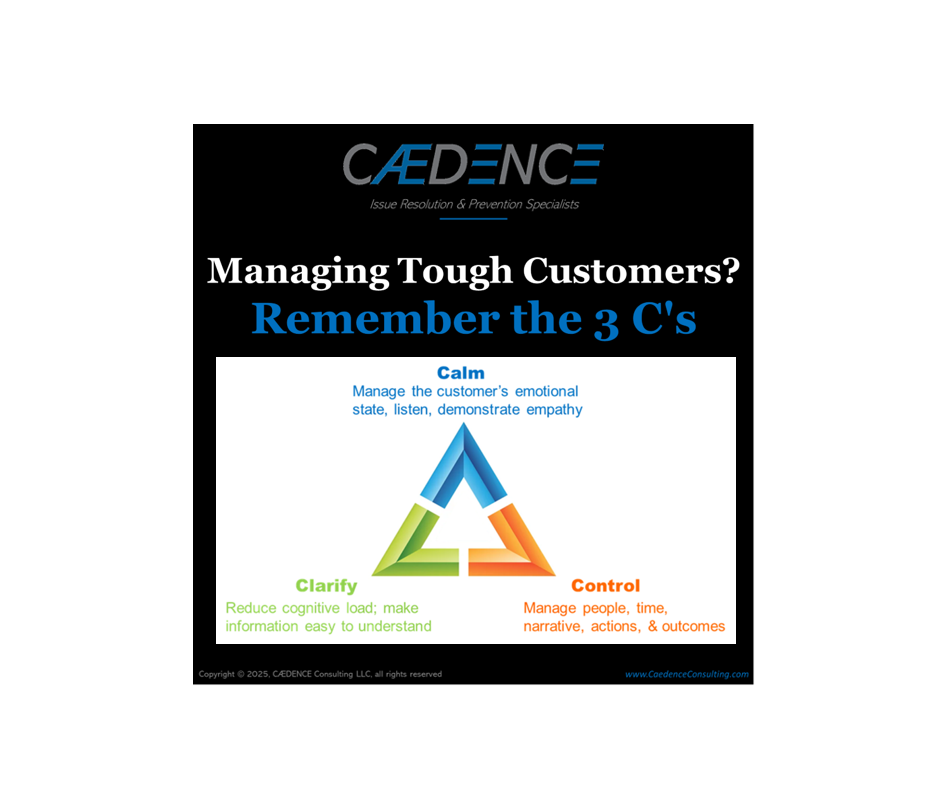What's the best approach to developing the next generation of leaders? Polish a Diamond.

Some years ago, a bright young engineer was assigned to my group. He was very capable, energetic, and technically sharp, but a bit “rough around the edges” when it came to dealing with people. He made no secret of his career ambitions (he thought he’d get from entry level to CEO in less than 5 years), and could be kind of pushy rather than persuasive. He was also known to be rather tactless when giving feedback to others. Nevertheless, his potential was apparent.
My job was to “polish the diamond-in-the-rough”, to teach him the soft skills he would need to succeed. I provided one-on-one feedback after attending his meetings to help him see how his abrasive style was holding him back, and to offer some alternative ways of communicating that would not only get the tasks done but also nurture long-term allies who would want to help him again in the future.
I think the best advice I ever gave him was, “If you want to be considered for promotion, the managers and directors have to think of you as a peer.” This comment was a turning point – he really started to internalize that his overly aggressive approach was viewed as a sign of immaturity.
Nowadays, he’s a C-suite executive. A bit late on his 5-year plan perhaps, but likely not achievable at all before my intervention. This and so many other success stories have culminated in the approach used in CAEDENCE's "Lead On!™" leadership development program.

Over the years we’ve been exposed to Six Sigma, Juran, Deming PDCA, 8D, Dale Carnegie, A3, Shainin, and more. Each technique works pretty well, and has been demonstrated many times in a wide variety of industries and circumstances. At the core they are all essentially the same!
Each approach relies on an underlying logical flow that goes like this: [a] make sure the problem is clearly defined; [b] be open to all sources of information; [c] vet the information for relevance and accuracy; [d] use the process of elimination to narrow down all possible causes to the most likely few; [e] prove which of the suspects is really the cause of the issue; [f] generate a number of potential solutions; [g] evaluate the effectiveness, feasibility and risk of the potential solutions; [h] implement the winning solution(s); and [i] take steps to make sure your solution(s) don’t unravel in the future.
The differences between the paradigms resides in supplementary steps and toolkits. For example, 8D contains the important “In

Your primary role as a manager is to ensure your team’s success. Internalize this. Make sure your team members know this. Build an environment of trust and collaboration. A direct report of mine would frequently leave me out of the loop as problems escalated, preferring instead to “work harder”. It was clear that he felt uncomfortable delivering bad news to me (his boss) when things were not going according to plan. Let me tell you the rest of the story.








